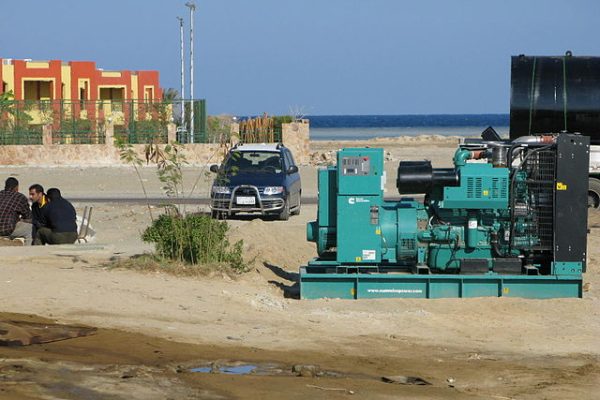The Hong Kong options market is a derivatives exchange that allows traders to trade options contracts. A derivative contract is a monetary contract that’s value depends on the underlying asset, most commonly an index. They differ from most other securities because they have no inherent value but derive all value from the price movements of the primary asset upon which they were written.
An option gives you the right – but not the duty – to buy or sell a particular quantity of an underlying security at a fixed strike price on or before a given expiration date. It makes them available as part of your toolbox as an investor and trader to help balance risk and reward in your portfolio. To open up this opportunity, you must be willing to accept the possibility that you may lose the entire premium you have paid to purchase the option contract. Because of this possibility, options are considered speculative and not suitable for all investors due to their leverage risk. You can look at this site for more listed options.
Table of Contents
All or none (AON)
The AON order is an order to buy or sell a contract that must be transacted in its entirety.
All options contracts are simultaneously bought if the price is above the strike price and sold below that price. If you’re wrong, you’ll end up with nothing for your trouble. This order type helps protect investors from entering into transactions at unfavourable prices by ensuring that they do not end up purchasing more than what they desired when prices fall or selling fewer than what they wanted when prices rise.
Boundary order
You can place a boundary order to help control your trading risk during adverse market conditions while still allowing you to participate in favourable price movements.
A boundary order consists of:
- A limit on the maximum loss that you may incur if the order executes; and
- A target for how much of the position will be conducted at more favourable prices.
So, if you want to protect an existing long option position by setting a floor on its value (i.e., buy at no less than HKD5), but still allow it to run as far as it can up to a certain point (i.e., don’t buy back your option until its value falls below HKD3). A Buy-Limit-Sell order with a stop price of HKD3 would meet your needs. You’ll repurchase the option if it falls below HKD3, but no lower than your limit price of HKD5.
Sell to open and buy to close
The sell-to-open order is an order to sell a contract that must be executed at once, while the buy-to-close order is an order to buy a contract that also must be implemented immediately. This strategy will help traders manage their risk when they are unsure where prices are headed or wish to protect current profits. Both orders are typically placed using market orders through limit orders may also be used depending on your level of comfort with volatility and how quickly you want your position to execute.
If you’re holding a profitable short position in options but fear that the stock might quickly reverse course and erase part or all of your profit before you have time to exit, then utilizing a sell-to-open order with a limit price will help lock in gains. Alternatively, if you’re holding an unprofitable short position (i.e., you lost money by selling options) and want to protect against further losses, then utilizing a buy-to-close order with a stop price would work to your advantage.
One cancels the other (OCO)
An OCO order is activated when one leg of the trade is executed at the limit price or better. If this happens, then the unexecuted leg of the trade is automatically cancelled.
The One-Cancels-the-Other order helps traders fix the number of contracts they want to buy (or sell) without worrying about unforeseen events causing them to lose money on their positions. For example, if you place an OCO order for a buy limit and a sell limit on the same option contract with a one-stop price of HKD5, then your orders will be activated when that option trades at HKD5 or better (i.e., either the option is bought at HKD5 or more, or it’s sold at that price). The unexecuted position would disappear as soon as the first leg of the transaction executes.





